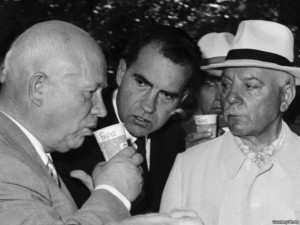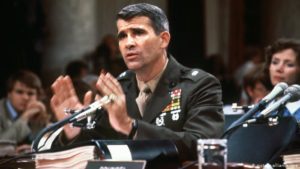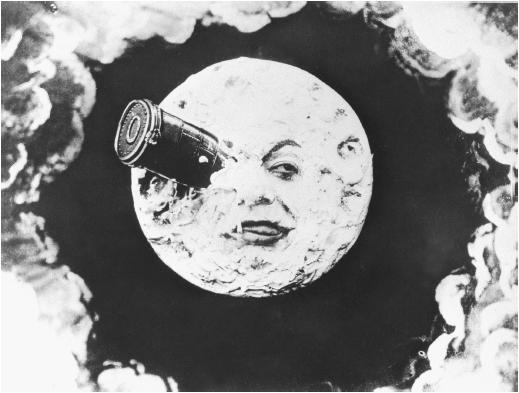In 1959 a Pepsi executive successfully showcased his product at the American National Exhibition in Moscow, an event created to foster cultural exchange during the Cold War. Nikita Khrushchev himself tasted the beverage, and years later Pepsi became one of the few American products widely available in the USSR. Pepsi’s deal with the Soviet Union was essentially a gigantic barter deal: They’d ship Pepsi syrup to the USSR, and in return they’d get Stolychanaya vodka. This worked well until 1989, when a vodka boycott forced Pepsi to ask for other compensation. Instead of vodka, the USSR paid them in decommissioned naval vessels: 17 submarines, a cruiser, a frigate, and a destroyer. Because of that deal, Pepsi was briefly the sixth largest navy on Earth.

Podcast: Play in new window | Download
Subscribe: RSS

